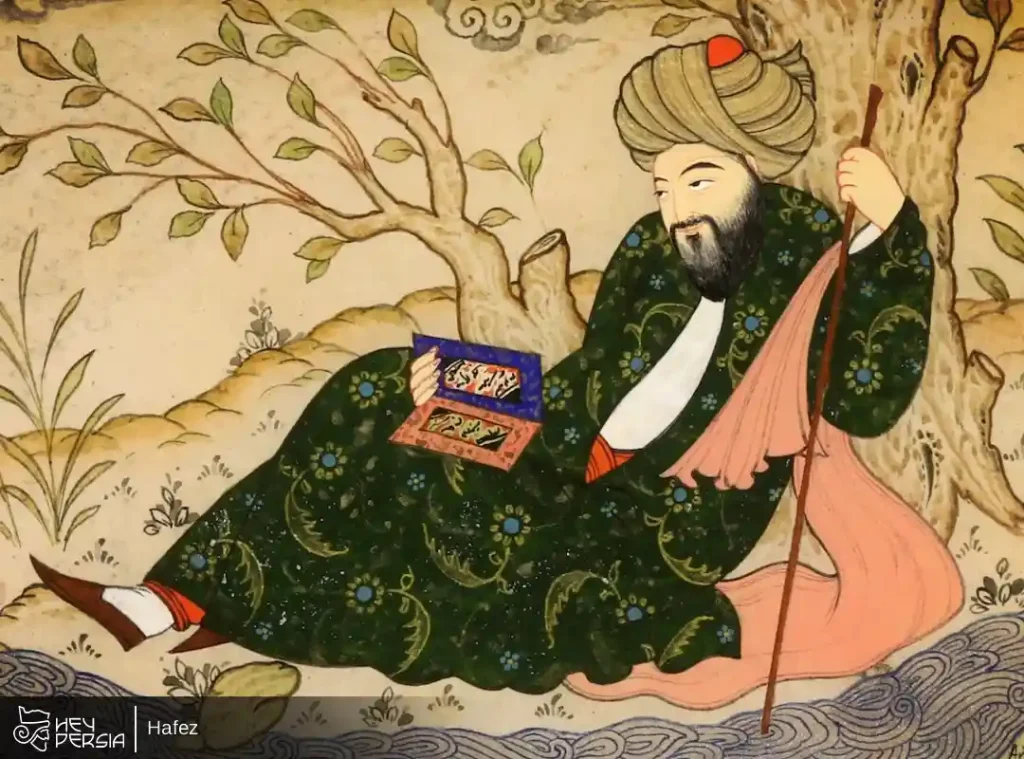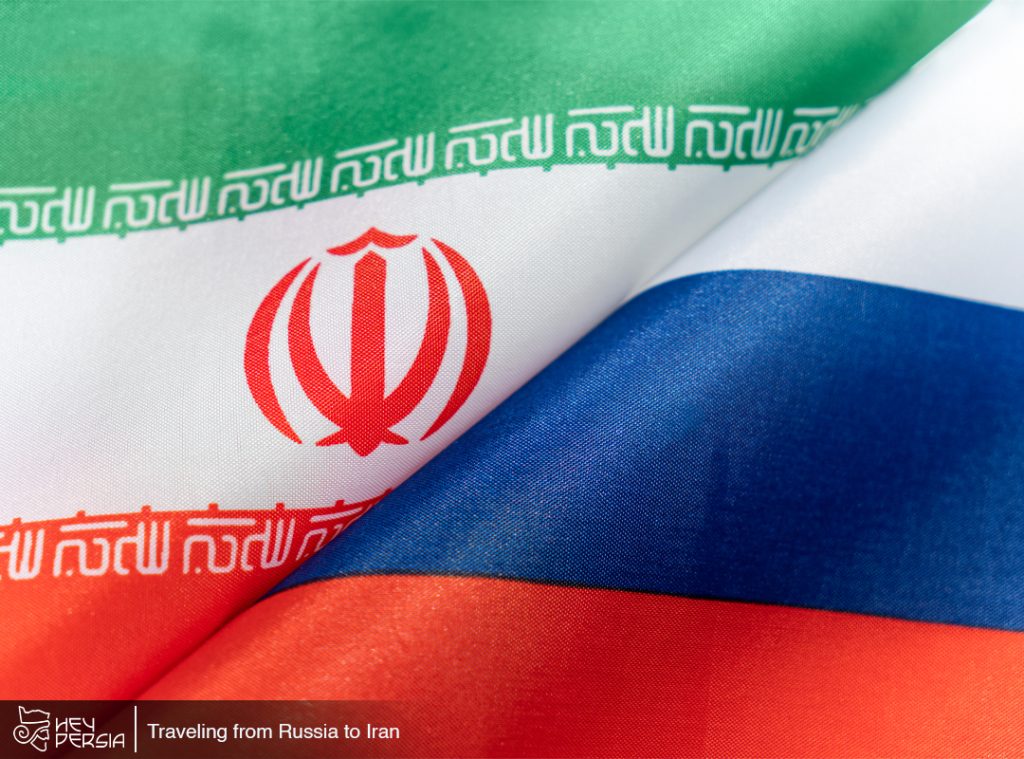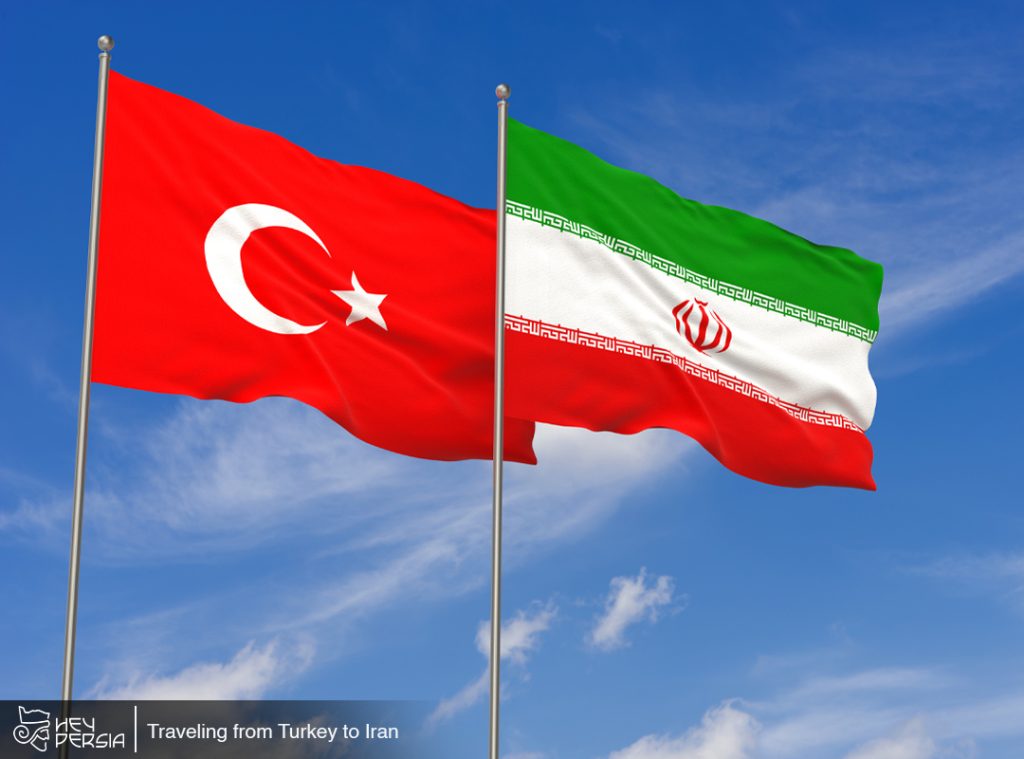Hafez Shirazi, one of Persia’s most celebrated poets, captivates readers with his profound ghazals that blend mysticism, love, and wit. Born in the 14th century in Shiraz, Hafez earns reverence as a master of Persian literature. His works, rich in symbolism and spiritual depth, continue to inspire Iranians and global audiences. People often consult his poetry for divination, reflecting his enduring cultural significance. Stay tuned with Hey Persia.
Early Life and Education of Hafez
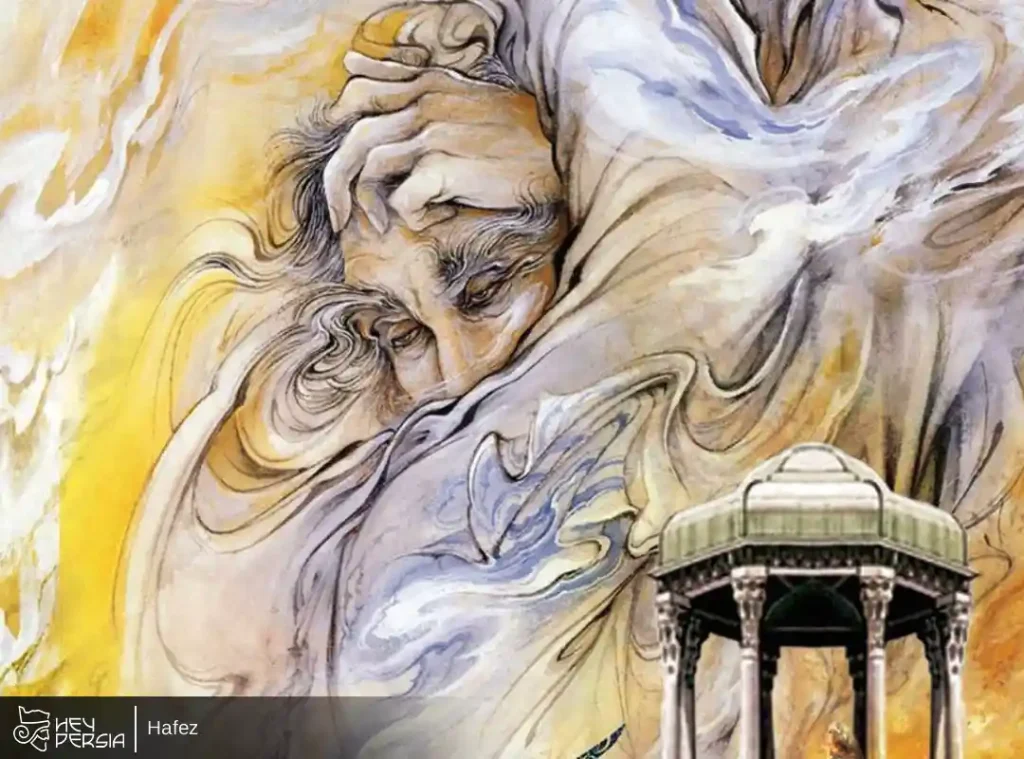
Hafez, whose full name is Khwaja Shams-ud-Din Muhammad Hafez-e Shirazi, enters the world around 1315 in Shiraz, during the Ilkhanid era. He grows up in a modest family, with his father working as a coal merchant. After his father’s death, He takes jobs, including as a baker’s apprentice, to support himself. Despite hardships, he pursues education vigorously, memorizing the Quran by heart—earning the title “Hafez,” meaning one who memorizes the holy book.
He studies under prominent scholars in Shiraz, delving into literature, theology, and Sufism. The city’s vibrant intellectual scene shapes his worldview. He frequents literary circles, honing his poetic skills amid political turmoil from Mongol invasions and local dynasties.
Influences on His Youth
Shiraz’s gardens and wine culture influence Hafez deeply. Poets like Saadi and Rumi inspire him, blending classical Persian forms with personal insight. Sufi masters guide his spiritual journey, embedding mysticism into his life and verse.
Poetic Works of Hafez
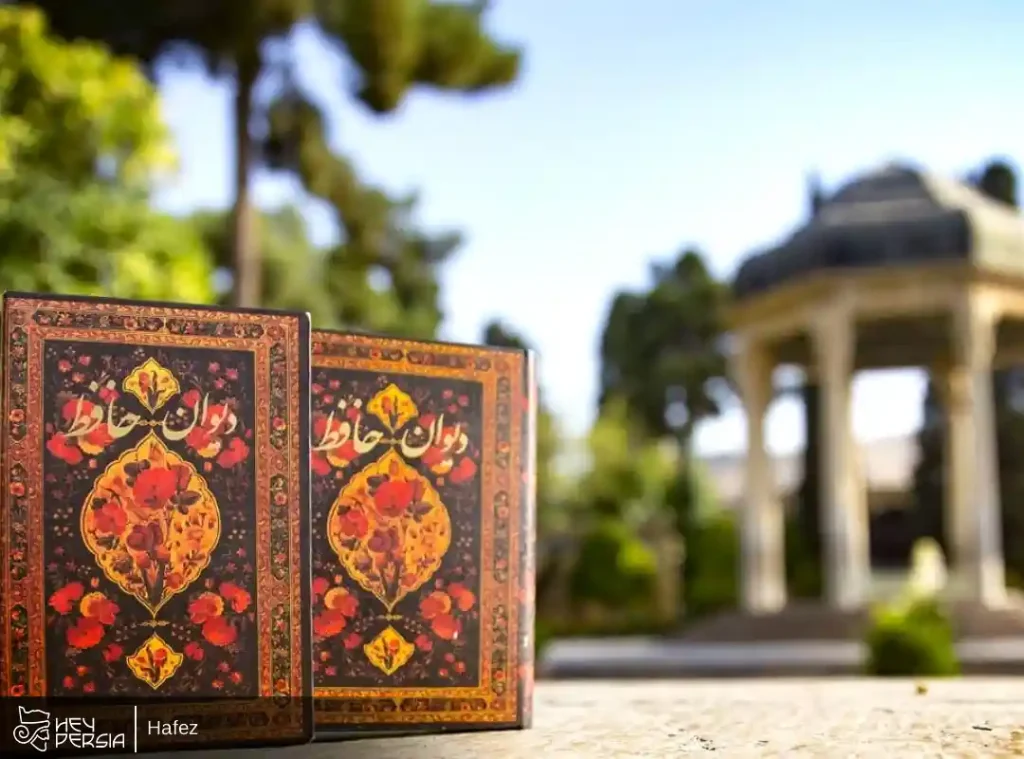
He composes primarily ghazals, short lyrical poems focusing on love and beauty. His masterpiece, the Divan-e Hafez, compiles around 500 ghazals, along with rubaiyat and other forms. He writes in Persian, using intricate rhyme and meter that demand skilled recitation.
Unlike many contemporaries, He avoids panegyrics for rulers, preferring independent expression. His poetry circulates widely during his lifetime, gaining admiration from scholars and common folk alike.
Notable Themes
He explores divine love, often using earthly metaphors like wine and lovers. He critiques hypocrisy in religious figures, advocating genuine spirituality. Nature imagery, such as roses and nightingales, symbolizes human longing for the divine.
Style and Mysticism
Hafez employs layered language, where surface romance conceals deeper Sufi meanings. Readers interpret his verses on multiple levels—literal, allegorical, and mystical. His wit shines through irony and paradox, challenging rigid doctrines.
Sufism permeates his work, emphasizing unity with God through love and ecstasy. Hafez views wine as a symbol of spiritual intoxication, not literal indulgence. This approach draws from Rumi’s influence but adds Hafez’s unique humor and accessibility.
Poetic Techniques
Hafez masters iham, or double entendre, enriching his ghazals with ambiguity. He weaves Quranic allusions seamlessly, blending sacred and secular elements. His rhythmic flow makes poems memorable, ideal for musical settings.
Legacy and Cultural Impact
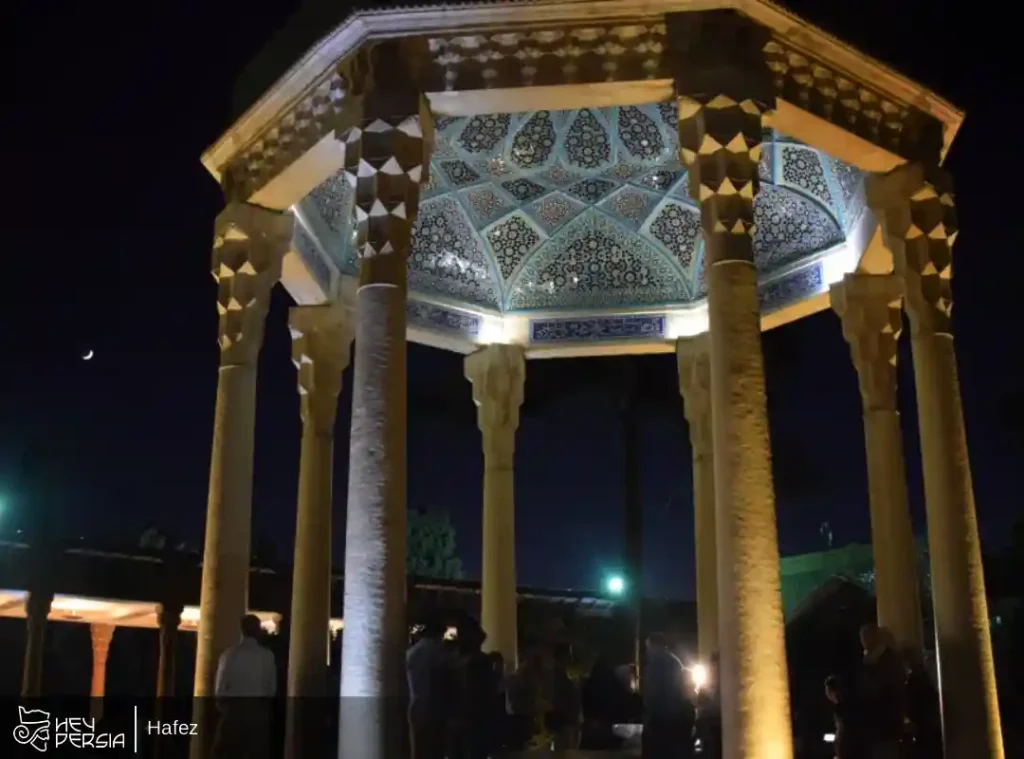
Hafez passes away around 1390, but his influence endures. Iranians revere him as “Lisān al-Ghayb,” the Tongue of the Unseen. His tomb in Shiraz, the Hafezieh, attracts pilgrims who recite his verses. The tradition of fal-e Hafez, using his Divan for fortune-telling, thrives during celebrations like Nowruz.
Western figures like Goethe admire Him, calling him a twin spirit. Translations spread his poetry globally, inspiring artists and thinkers. In Iran, his words shape literature, music, and philosophy.
Modern Relevance
Today, Hafez’s themes of tolerance and love resonate amid global challenges. Musicians set his ghazals to song, while scholars analyze his mysticism. Festivals in Shiraz honor him, keeping his spirit alive in contemporary culture. Hafez Shirazi’s poetry bridges centuries, offering wisdom and beauty to all who seek it. His verses remind us of life’s fleeting joys and eternal truths.

